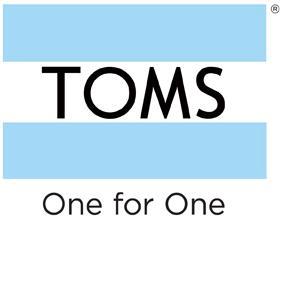The “one to one” model, though good spirited, is not the best way for businesses to approach social entrepreneurship. The push in recent years for businesses to support greater social welfare is admirable, however simply giving products to those in need can potentially have more negative than positive consequences. As an example, Toms Shoes giving away one pair of shoes for every pair sold may have unknowingly undermined local business in the areas that they donated. No one will want to pay for shoes from a current vender when they can get free shoes elsewhere. People receiving these “one to one” donations may grow to rely on them instead of supporting businesses close by, ultimately eliminating that business in the long run. Unfortunately, based on these results this type of social business model appears to be more of a marketing scheme than a social initiative. People are likely to feel more connected to a social project when they can visualize the positive outcome. For instance, it is much easier to visualize those in need receiving a pair of shoes, than it is to picture them receiving a donation. As a result of this, businesses use the one to one model as a point of difference, which allows them to raise their prices. In my opinion the “one to one” model acts in favor of the businesses over the actual cause. Instead, it would be more beneficial for businesses to teach local people how to make a specific product, or locate a factory in an area that has trouble finding work. Access to education and facilities would better reach the root problem, where as giving away products can actually make it worse. So despite the clear advantages the “one to one” model presents, there are many better approaches to social entrepreneurship.
The One-for-one Business Model: Avoiding Unintended Consequences
